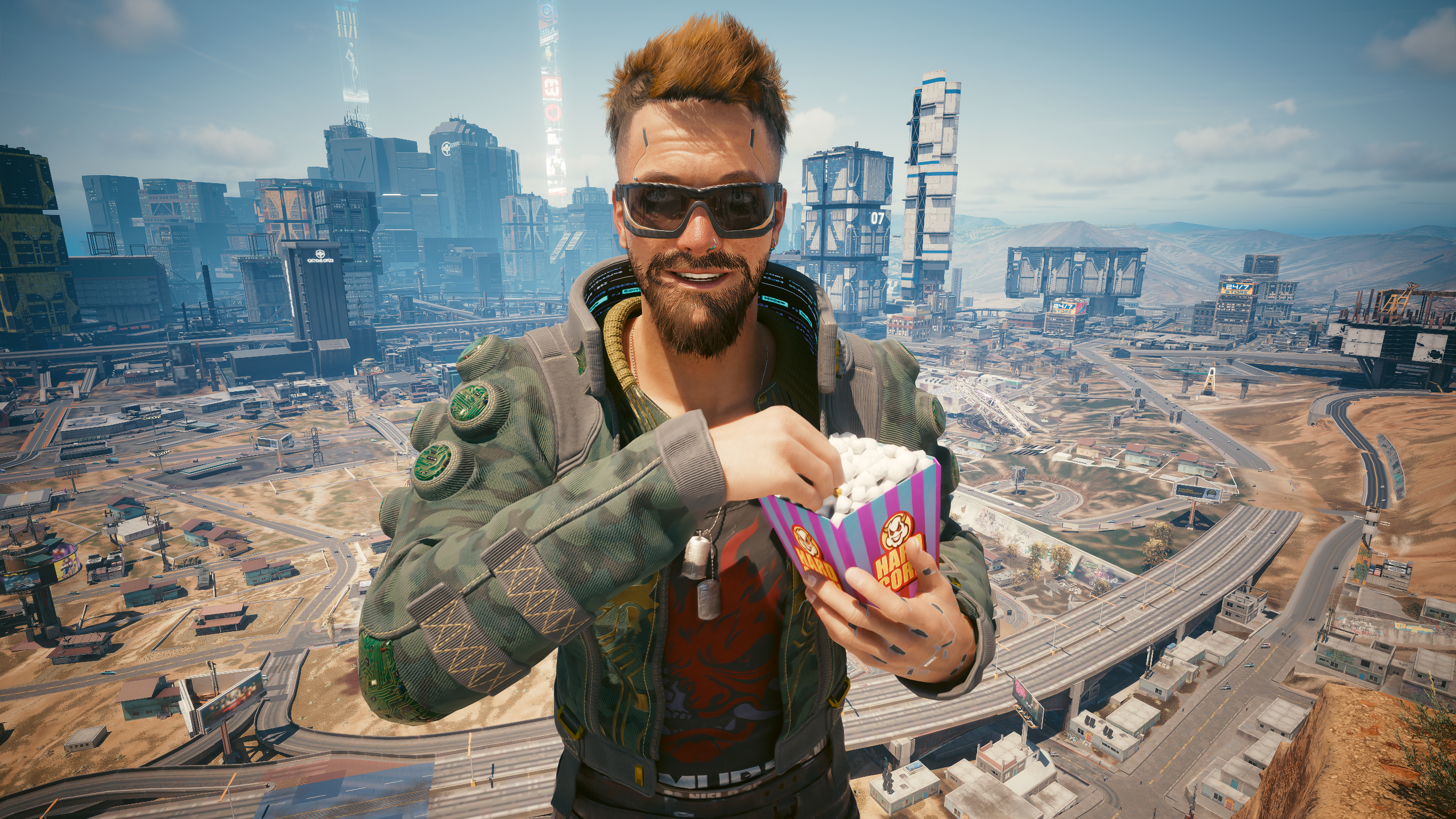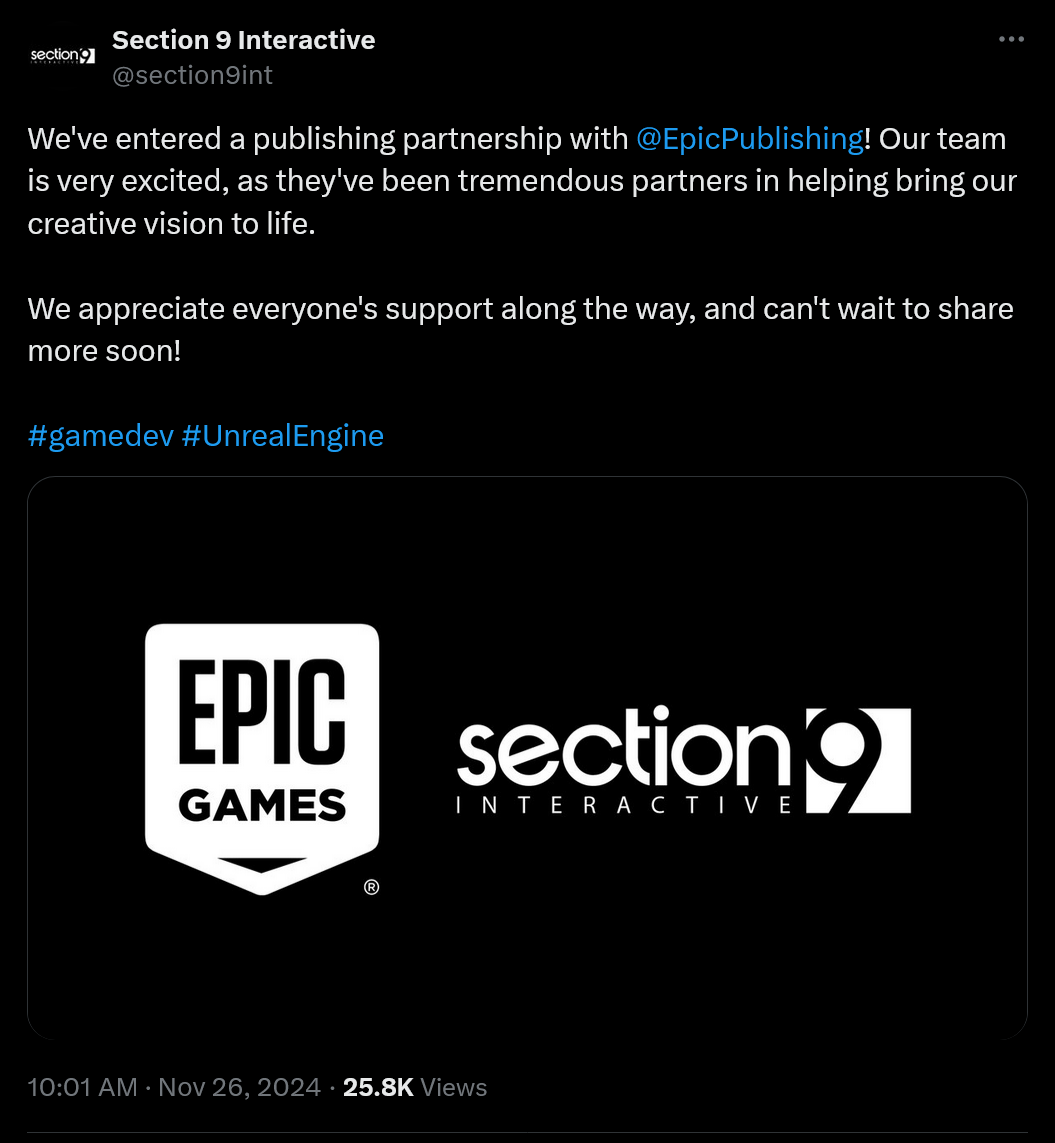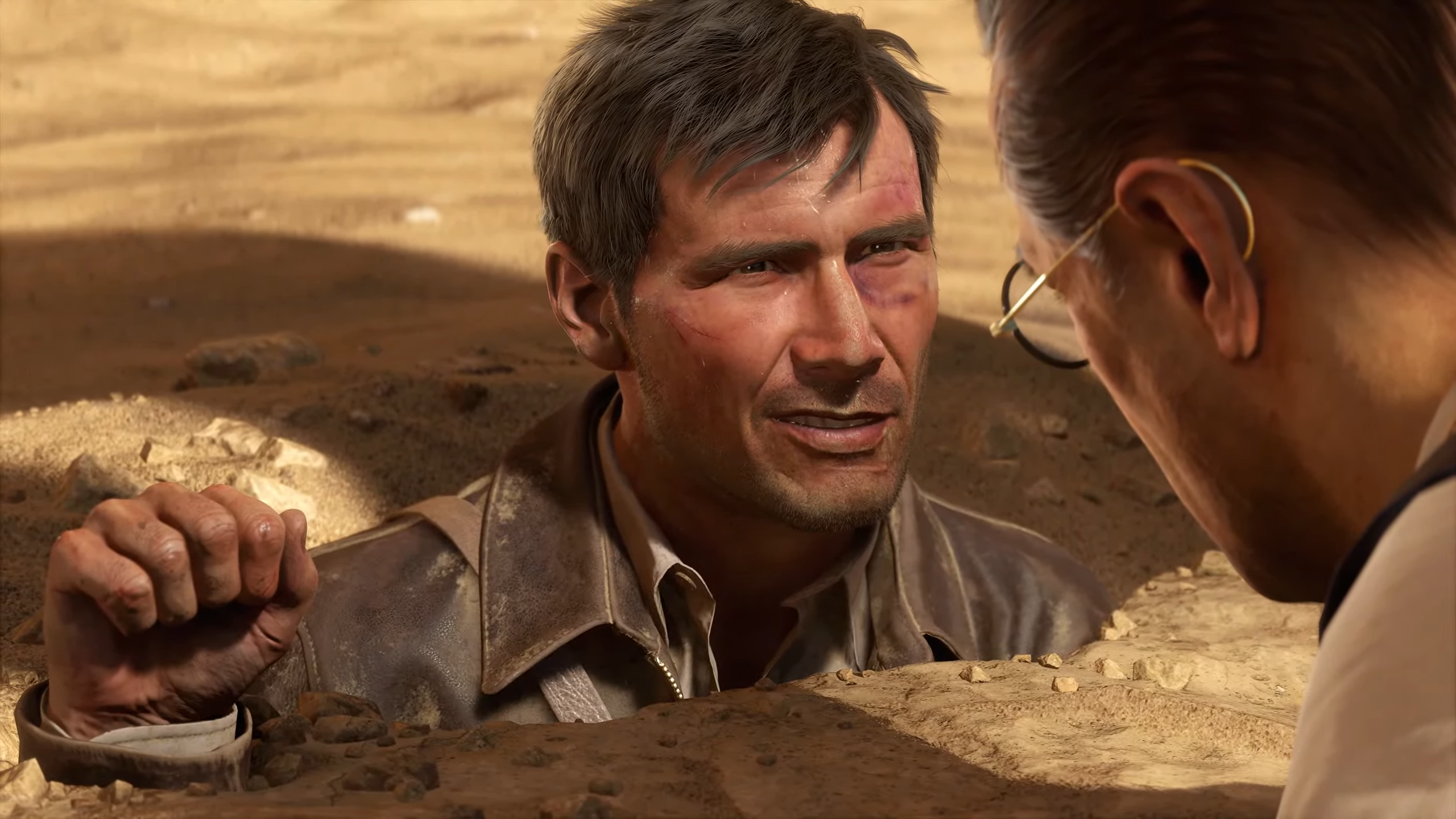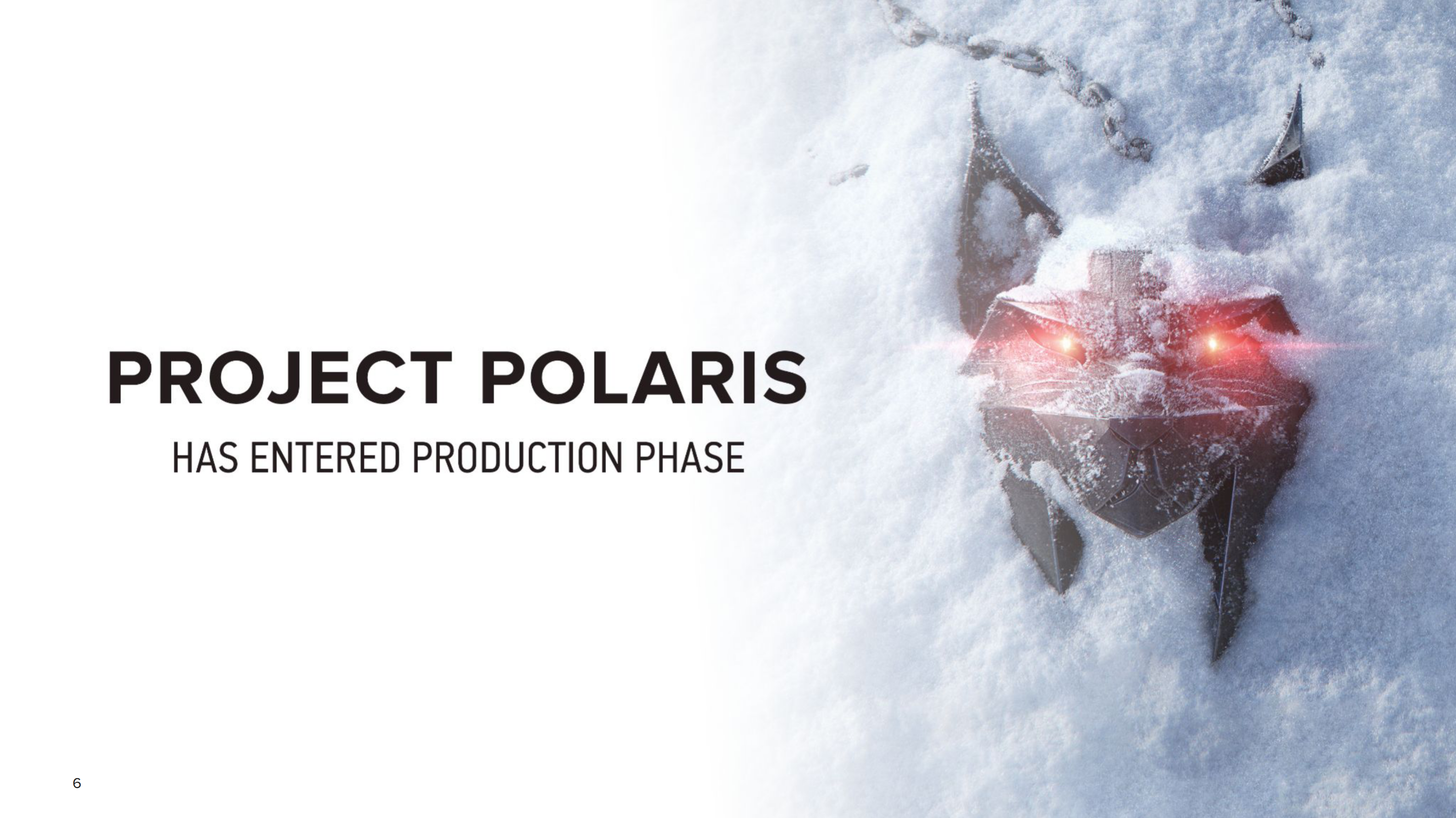Pretty much every year for the last five years, Elon Musk has promised that a full self-driving update for existing Tesla cars was just a year or so away. But now the Tesla CEO has dramatically changed his tune. It may not happen, after all.
In a conference call discussing the electric car company’s financial results (via Electrek) Musk dropped a veritable bomb when he said, “there is some chance that HW3 does not achieve the safety level that allows for unsupervised FSD.”
To unpick that statement, “HW3” refers to the self-driving computer that Tesla began fitting to its models since 2019, while “FSD” refers to Full Self Driving and in turn broadly indicates what’s known as Level 4 and 5 autonomous driving.
For the record, Level 4 enables fully autonomous driving within a limited geo-fenced area. Typically, you’ll still need a driver on board, plus controls. Meanwhile, Level 5 is the ultimate autonomous solution, the full no-driver, no-steering-wheel, go-anywhere experience.
So, the point is that Musk has been promising an “FSD” update for HW3-equipped Teslas for years. And now he’s saying that may no longer be the case. Indeed, Musk has said, “we don’t actually know the answer” to the question of whether HW3 can eventually be made FSD-capable.
If this sounds like a total disaster, in mitigation Musk says that Tesla owners with HW3 installed will be offered a free upgrade to the latest HW4 self-driving computer, introduced last year.
“HW4 has several times the capability of HW3. It’s easier to get things to work on HW4 and it takes a lot of efforts to squeeze that into HW3,” Musk said of the new self-driving computer.
Tesla does has form in this area, having implemented a retrofit upgrade from HW2 to HW3 modules for some cars. Problem is, some observers doubt whether existing Tesla models can actually be upgraded to HW4.
According to Electrek, HW4 has new power and camera harnesses and the entire computer is a different form factor that wouldn’t necessarily just slot into the installation location for HW3 on existing Tesla cars.
At the very least, it seems likely that a custom HW4 iteration would need to be engineered for retrofit purposes. What’s more, although Musk describes HW3’s camera systems as “capable” of FSD, HW4’s cameras offer five times the resolution. HW4 cameras also have much improved low-light performance. Presumably, there’s a reason for those upgrades.
If swapping out HW3 units for a custom-designed retrofit HW4 module on existing Teslas with HW3 sounds like a monumental liability all on its own, the idea of also tearing out all eight HW3 cameras and replacing them with upgraded units has to be a non starter.
Even then, you’d be left with the question of whether HW4 itself will be capable of FSD. Musk seems confident it will. But then he has been bullish for years about achieving full self driving with HW3.
All of which means that, just like a sensibly priced mid-range Nvidia GPU, Tesla’s self-driving very much remains one of those technologies that sits tantalisingly on the horizon—visible, almost tangible, very much imaginable, but always just out of reach and seemingly never actually getting any closer to arriving.



